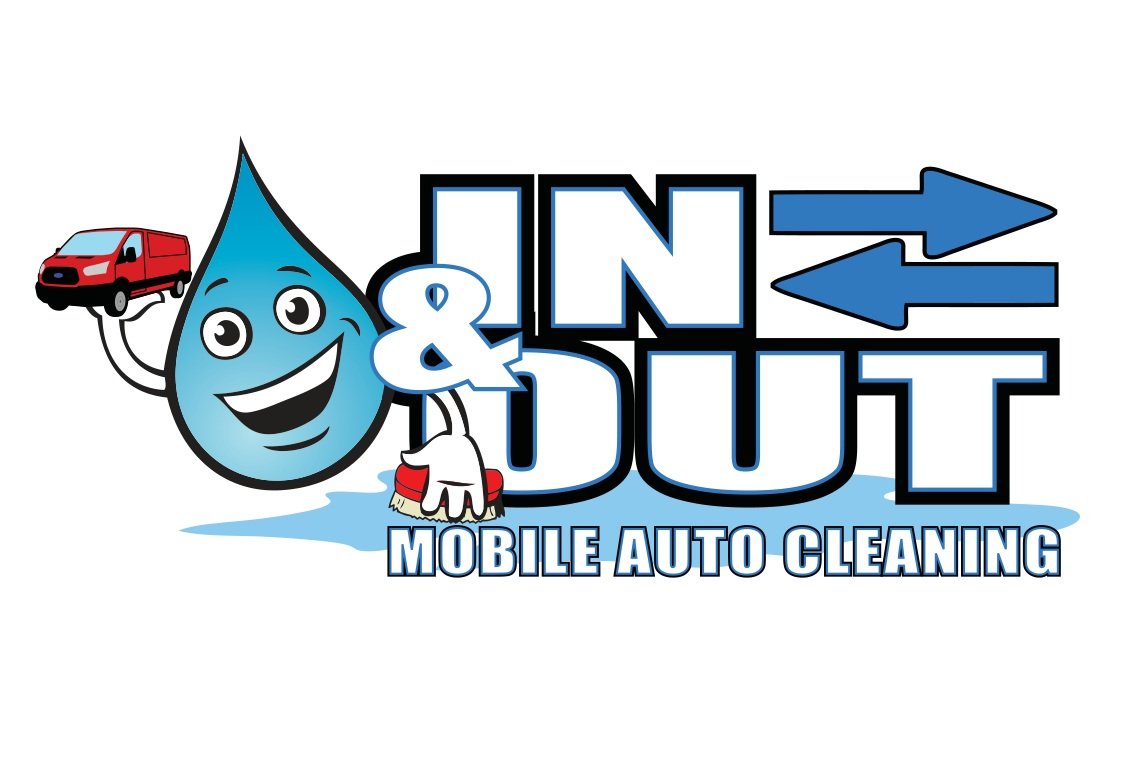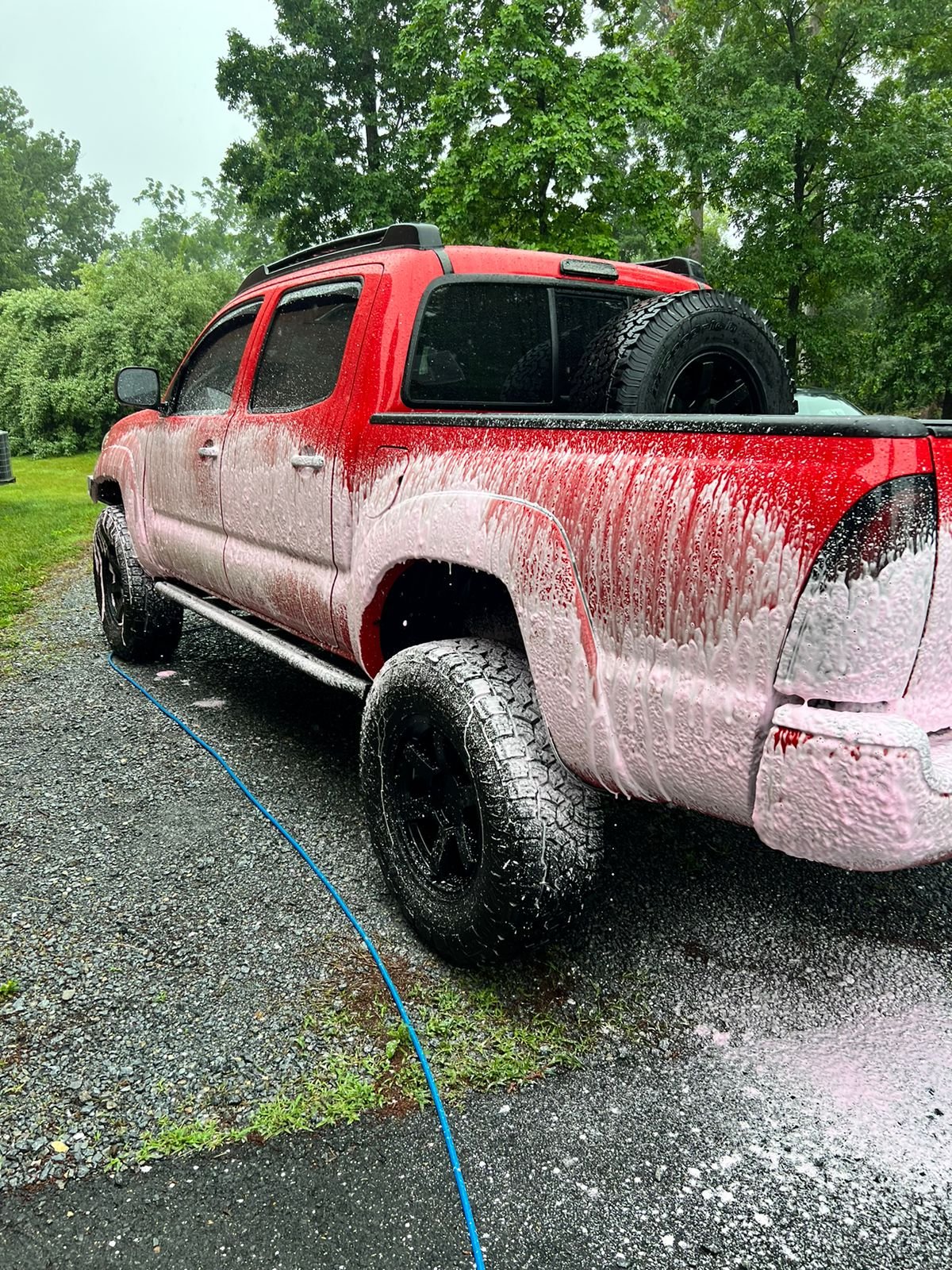The Ultimate Guide to Ceramic Coating
1. Introduction
Welcome to the ultimate guide to ceramic coating! In this article, we will explore the world of ceramic coating and provide you with valuable insights into its benefits, application process, and maintenance. Whether you are a car enthusiast or simply want to protect your vehicle, this guide will help you understand everything you need to know about ceramic coating.
2. What is Ceramic Coating?
Ceramic coating is a liquid polymer that is applied to the exterior surfaces of vehicles to protect them from various environmental elements. It forms a clear and durable layer that bonds with the paint, creating a protective barrier. Ceramic coatings are known for their excellent hydrophobic properties, high resistance to scratches, UV protection, and long-lasting shine.
3. Benefits of Ceramic Coating
Ceramic coating offers a wide range of benefits for both car owners and enthusiasts. Some of the key advantages include:
Enhanced Protection: Ceramic coating provides superior protection against UV rays, acid rain, bird droppings, tree sap, and other contaminants that can damage the vehicle's paintwork.
Scratch Resistance: The hard and durable ceramic layer acts as a sacrificial barrier, minimizing the risk of scratches caused by minor abrasions.
Chemical Resistance: Ceramic coating resists the damaging effects of harsh chemicals and prevents them from etching into the paint surface.
Easy Maintenance: The hydrophobic properties of ceramic coating make it easier to clean and maintain the vehicle's appearance.
Long-Lasting Shine: Ceramic coating preserves the glossy finish of the paint for an extended period, giving your vehicle a showroom-like appearance.
4. How Does Ceramic Coating Work?
Ceramic coating utilizes nanotechnology to create a molecular bond with the paint surface. The nanoparticles in the coating form a covalent bond with the molecules of the paint, creating a durable and protective layer. This layer is hydrophobic, meaning it repels water and contaminants, ensuring a cleaner and smoother surface.
5. Types of Ceramic Coating
There are various types of ceramic coatings available in the market. The most common types include:
SiO2-Based Coatings: These coatings contain silica dioxide and provide excellent protection against UV rays and chemical contaminants.
SiC-Based Coatings: Silicon Carbide-based coatings offer enhanced scratch resistance and durability.
Hybrid Coatings: Hybrid coatings combine multiple ingredients to offer a balance between protection, gloss, and ease of application.
6. Application Process
The application process for ceramic coating involves several steps to ensure proper adhesion and optimal results. Here is a general overview of the process:
6.1 Preparing the Surface
Before applying ceramic coating, it is essential to prepare the surface properly. This involves thorough washing, decontamination, and paint correction to remove any imperfections.
6.2 Applying the Ceramic Coating
Once the surface is prepared, the ceramic coating is applied using a microfiber applicator or an applicator pad. It is essential to follow the manufacturer's instructions for the recommended number of layers and curing time.
6.3 Curing and Drying
After applying the coating, it needs to cure and dry properly. This process usually takes a few hours to a couple of days, depending on the specific product and environmental conditions.
7. Maintenance and Care
To maximize the benefits of ceramic coating and ensure its longevity, regular maintenance and care are necessary. Here are some tips to keep your coated vehicle in top condition:
Wash the vehicle regularly using a pH-neutral shampoo and microfiber wash mitt.
Dry the vehicle with a clean microfiber towel or a drying aid to prevent water spots.
Avoid using abrasive or acidic cleaners that can degrade the coating.
Perform periodic inspections to check for any damage or deterioration of the coating.
Consider applying a maintenance spray or booster product to revitalize the coating's hydrophobic properties.
8. Comparison with Other Protective Coatings
Ceramic coating has gained popularity as an advanced protective solution for vehicles. Let's compare it with other commonly used coatings:
Wax: Wax provides a temporary layer of protection but requires frequent reapplication. Ceramic coating offers superior durability and longevity.
Paint Sealant: Paint sealants offer good protection and longevity but may lack the extreme hydrophobic properties of ceramic coatings.
Polymer Coating: Polymer coatings provide moderate protection and are relatively easier to apply. However, they may not offer the same level of scratch resistance as ceramic coatings.
9. Common Misconceptions about Ceramic Coating
There are a few misconceptions surrounding ceramic coating that we would like to address:
Ceramic coating makes the car completely scratch-proof: While ceramic coating provides excellent scratch resistance, it cannot prevent all types of scratches or damages.
Ceramic coating eliminates the need for washing: Regular washing is still necessary to maintain the appearance of the coated vehicle and remove dirt and contaminants.
Frequently Asked Questions (FAQs)
Q1: Can I apply ceramic coating myself? Yes, ceramic coating can be applied by individuals with the necessary knowledge and skills. However, professional application is recommended for optimal results.
Q2: How long does ceramic coating last? The longevity of ceramic coating depends on various factors such as the quality of the product, maintenance, and environmental conditions. Typically, it can last from 1 to 5 years.
Q3: Can ceramic coating be applied to any surface? Ceramic coating is primarily designed for automotive paint surfaces. However, it can also be applied to other surfaces like glass, wheels, and plastic trims.
Q4: Can I wax my car after applying ceramic coating? It is not necessary to wax your car after applying ceramic coating, as the coating provides superior protection and shine. However, if desired, you can apply a compatible wax on top of the coating.
Q5: Can I apply ceramic coating in direct sunlight? It is not recommended to apply ceramic coating in direct sunlight, as it can cause premature drying and affect the bonding process. It is best to work in a shaded and controlled environment.
Conclusion
Ceramic coating is an excellent investment for those seeking long-lasting protection and a brilliant finish for their vehicles. By understanding the benefits, application process, and maintenance tips provided in this guide, you can make an informed decision and enjoy the advantages of ceramic coating. Protect your vehicle and keep it looking its best for years to come with the power of ceramic coating.

